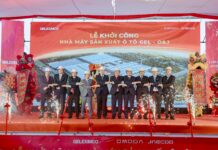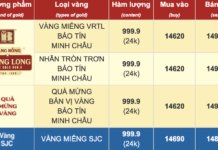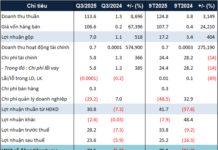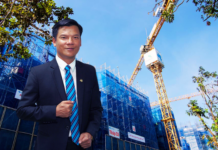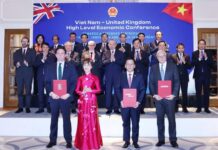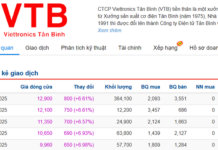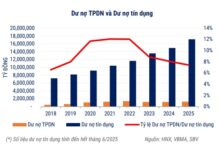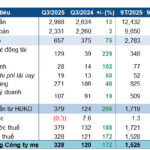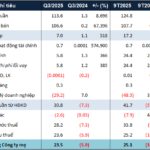On February 7, news from Kiên Giang province informed that Deputy Prime Minister Trần Hồng Hà has just signed a decision approving the general planning project of Phu Quoc City (Kiên Giang province) until 2040.
Accordingly, the planning scope covers the entire natural land area of 589.27 km² of Phu Quoc City, including 2 wards (Duong Dong, An Thoi), 7 communes (Cua Can, Ganh Dau, Bai Thom, Ham Ninh, Cua Duong, Duong To, Tho Chau), and areas for research on development potential, construction on the sea in the North and South of Phu Quoc Island.
Phu Quoc City’s development orientation until 2040 is in line with the Kiên Giang provincial planning for the period of 2021-2030 and vision until 2050 through a comprehensive, balanced, and sustainable development strategy, harmonizing economic development with environmental protection, preservation of historical, cultural heritage, and ensuring security and defense.
The planning sets the direction for the city’s development in accordance with approved plans that are suitable for practical conditions and comply with legal regulations; ensuring the ability to meet development needs in the case of the establishment of special administrative-economic units and the separation of Tho Chau Island into a separate district.

A different perspective of Phu Quoc Island from the high above.
The planning aims to develop Phu Quoc City into a coastal island urban area; a high-quality tourism and resort service center with uniqueness and attractiveness to domestic and international tourists; a regional and international center for trade, services, healthcare and nursing with high technology applications; a political and cultural center. The city will have a living environment of quality and residents’ attachment on the island; to develop the urban area in the direction of green growth, smart, energy-saving, and adaptable to climate change, creating resources for investment and development.
Phu Quoc is identified as a coastal-island urban area that is attractive and meets the standards of a first-class city; a special position in a maritime economic zone; a combined tourism and ecological coastal-island center with many values that are different, of national and international quality; a regional and international center for trade and services; a center for healthcare and nursing with high technology applications in the region and internationally.
In addition, Phu Quoc is also an important hub for regional transportation services, seaports, and international airports; a center for scientific research and technology, preservation of forest and marine biodiversity of the nation and the region. It holds a special and important position in the security and defense of the country.
By 2030, the urban population is projected to be around 400,000 people, including an official population of about 255,000 people and other population components such as tourists, laborers, etc. By 2040, the urban population is projected to be around 680,000 people, including an official population of about 430,000 people and other population components such as tourists, laborers, etc.
Phu Quoc City develops according to a multi-center model, forming a concentrated urban chain including: the main urban-tourism center in the existing ward area (Duong Dong, An Thoi) and new centers at Cua Can, Bai Truong. The urban-tourism chain has low density along the main North-South axis of An Thoi. White Bridge, a transportation route around Bai Vong – Bai Thom – Rạch Tram. Rạch Vẹm – Gành Dầu – Cửa Cạn – Duong Dong – Bai Truong – Bai Khem connecting An Thoi seaport, Bai Dat Do, Phu Quoc international airport.
The administrative headquarters, city-level agencies will be newly constructed in the area on both sides of Cach Mang Thang 8 Street (at the end of the old airport area) – Duong Dong Ward (about 16 ha). The administrative headquarters, ward-level agencies will be arranged according to the zoning plan; additional research may be conducted as needed for urban development.
Notably, Phu Quoc International Airport is planned to be upgraded and renovated to reach a capacity of 10 million passengers/year by 2030; after 2030, the capacity will be 18 million passengers/year. The seaport includes Phu Quoc wharf areas that can accommodate general-purpose ships up to 30,000 tons…

